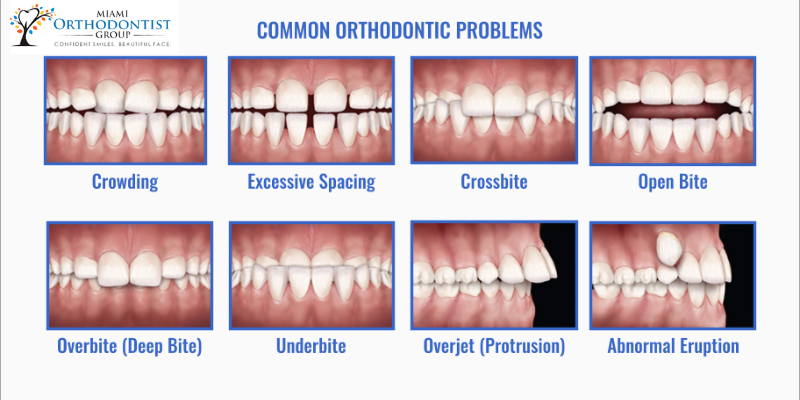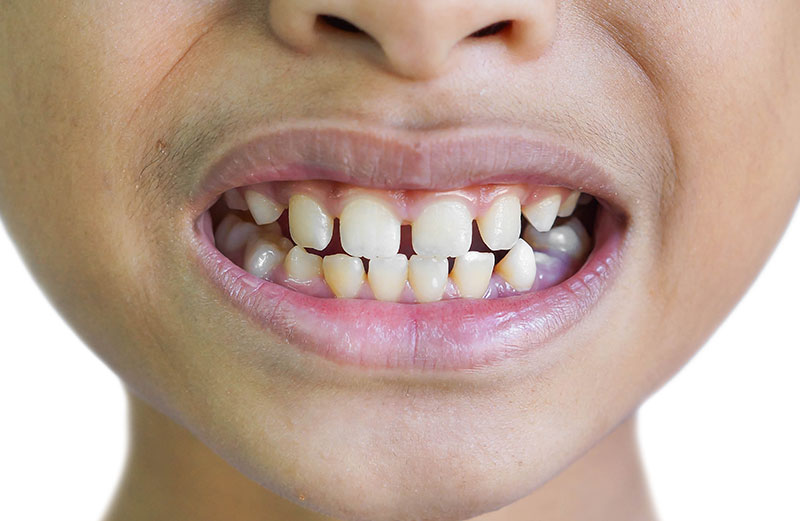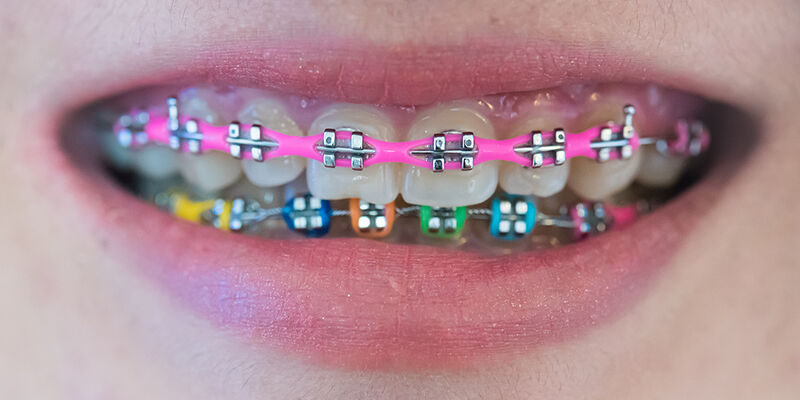Types of bites teeth

Understanding the different types of bites, also known as occlusions, is crucial in dentistry. Proper alignment of the teeth and jaws not only contributes to an attractive smile but also ensures efficient chewing, speaking, and overall oral health. This comprehensive guide explores the various types of bites, their causes, potential issues, and treatment options.
What is Occlusion?
Occlusion refers to the alignment and contact between the teeth of the upper and lower jaws. Ideal occlusion occurs when the upper teeth slightly overlap the lower teeth, with the molars fitting together in a specific manner. Deviations from this ideal alignment can lead to various bite types.
Types of Bites
- Normal Bite (Ideal Occlusion):
- Description: The upper teeth slightly overlap the lower teeth, and the molars fit together well.
- Characteristics: Evenly distributed bite forces, no crowding or spacing, balanced facial profile.

Normal Bite (Ideal Occlusion) 
Normal bite and ideal teeth occlusion
- Overbite:
- Description: The upper front teeth excessively overlap the lower front teeth vertically.
- Characteristics: A deep bite where the lower teeth may touch the roof of the mouth.
- Causes: Genetics, thumb-sucking, prolonged use of a pacifier, or early tooth loss.
- Potential Issues: Gum irritation, tooth wear, jaw pain, and aesthetic concerns.

Overbite teeth correction
- Underbite:
- Description: The lower front teeth extend past the upper front teeth.
- Characteristics: A prominent lower jaw and chin, often giving a “bulldog” appearance.
- Causes: Genetics, abnormal growth of the jawbones, and childhood habits.
- Potential Issues: Difficulty chewing and speaking, tooth wear, and increased risk of temporomandibular joint (TMJ) disorders.

Underbite teeth correction to normal bite
- Crossbite:
- Description: Some upper teeth fit inside the lower teeth when biting down.
- Characteristics: Can affect the front teeth (anterior crossbite) or back teeth (posterior crossbite).
- Causes: Genetics, abnormal jaw growth, prolonged thumb-sucking, or delayed loss of baby teeth.
- Potential Issues: Tooth wear, gum disease, jaw pain, and asymmetrical jaw growth.

Crossbite teeth correction to normal bite
- Open Bite:
- Description: The upper and lower teeth do not meet when the mouth is closed.
- Characteristics: A gap remains between the upper and lower teeth when biting down.
- Causes: Thumb-sucking, tongue thrusting, prolonged use of a pacifier, or jawbone abnormalities.
- Potential Issues: Difficulty biting and chewing, speech problems, and increased risk of tooth wear.

Anterior Open Bite Teeth
- Overjet:
- Description: The upper front teeth protrude significantly over the lower front teeth horizontally.
- Characteristics: The upper teeth jut out, sometimes causing a “buck teeth” appearance.
- Causes: Genetics, thumb-sucking, or extended use of a pacifier or bottle.
- Potential Issues: Increased risk of trauma to the protruding teeth, difficulty biting, and speech issues.

Increased Overjet Teeth
- Edge-to-Edge Bite:
- Description: The upper and lower front teeth touch directly edge-to-edge.
- Characteristics: The front teeth meet at their biting edges rather than overlapping.
- Causes: Genetics, tooth loss, or jawbone abnormalities.
- Potential Issues: Tooth wear, chipping, and increased risk of TMJ disorders.
- Crowded Bite:
- Description: There is insufficient space for all teeth to fit normally within the jaws.
- Characteristics: Teeth overlap, twist, or become displaced.
- Causes: Genetics, premature loss of primary teeth, or lack of proper jaw growth.
- Potential Issues: Difficulty cleaning teeth, increased risk of cavities and gum disease, and aesthetic concerns.
- Spacing Issues:
- Description: Excessive gaps between teeth.
- Characteristics: Noticeable spaces between teeth, often due to missing teeth or small-sized teeth.
- Causes: Genetics, thumb-sucking, or habits like tongue thrusting.
- Potential Issues: Difficulty in biting and chewing, aesthetic concerns, and speech problems.
Causes of Malocclusion
Malocclusion, or improper bite, can result from various factors:
- Genetics: Inherited traits such as jaw size and shape.
- Childhood Habits: Thumb-sucking, prolonged use of a pacifier, or bottle-feeding.
- Tooth Loss: Premature loss of primary teeth or missing permanent teeth.
- Jaw Growth Discrepancies: Abnormal development of the upper or lower jaw.
- Injury: Trauma to the jaw or teeth.
- Tumors: Benign or malignant growths in the mouth or jaw.
Potential Issues and Complications
Improper bite alignment can lead to several complications:
- Difficulty Chewing and Biting: Misaligned teeth can make it hard to chew food properly.
- Speech Problems: Certain bite types can affect speech clarity.
- Oral Health Issues: Increased risk of cavities, gum disease, and tooth wear.
- Jaw Pain: Improper alignment can strain the jaw muscles and joints, leading to pain and TMJ disorders.
- Aesthetic Concerns: Misaligned teeth can impact the appearance of your smile and facial profile.
Diagnosis of Bite Types
Diagnosing the type of bite involves a comprehensive dental examination:
- Clinical Examination: The dentist will visually inspect the teeth and jaws.
- Dental X-rays: X-rays provide detailed images of the teeth, roots, and jawbones.
- Bite Impressions: Impressions of the teeth are taken to create models for further analysis.
- Photographs: Intraoral and extraoral photographs help in assessing the alignment and profile.
Treatment Options for Malocclusion
The treatment for malocclusion depends on the type and severity of the bite:
- Orthodontic Treatment: Braces, clear aligners (Invisalign), or other orthodontic devices to gradually move the teeth into proper alignment.
- Orthopedic Appliances: Devices like palatal expanders to widen the jaw and create space.
- Dental Restorations: Crowns, veneers, or bonding to improve the shape and alignment of teeth.
- Surgery: Orthognathic surgery may be necessary for severe jaw discrepancies.
- Habit Appliances: Devices to discourage thumb-sucking or tongue thrusting.
- Extractions: In some cases, removing teeth to create space for proper alignment.
Advances in Orthodontic Treatment
Recent advancements in orthodontic treatment have improved the outcomes and patient experience:
- Clear Aligners: Removable, nearly invisible aligners like Invisalign offer a discreet alternative to traditional braces.
- Self-Ligating Braces: These braces have a built-in mechanism to hold the archwire, reducing friction and treatment time.
- Lingual Braces: Braces placed on the back of the teeth, providing an aesthetic solution.
- 3D Imaging and Treatment Planning: Advanced imaging techniques for precise diagnosis and treatment planning.
- Accelerated Orthodontics: Techniques like Propel and AcceleDent that speed up tooth movement.
Long-Term Care and Maintenance
Maintaining the results of orthodontic treatment and ensuring long-term oral health requires diligent care:
- Oral Hygiene: Regular brushing and flossing, especially around orthodontic appliances.
- Retainers: Wearing retainers as prescribed to maintain the new alignment.
- Regular Dental Visits: Routine check-ups and cleanings to monitor oral health.
- Dietary Adjustments: Avoiding hard, sticky, or sugary foods that can damage braces or affect teeth.
- Protective Gear: Wearing mouthguards during sports to protect teeth and orthodontic appliances.
Educational Outreach and Awareness
Educating patients about the importance of proper bite alignment and available treatment options is crucial:
- Educational Materials: Providing brochures, videos, and online resources to explain different bite types and treatments.
- Workshops and Seminars: Hosting events to inform the community about orthodontic health.
- School Programs: Collaborating with schools to educate children and parents about the importance of early orthodontic evaluation.
Conclusion
Understanding the different types of bites and their implications is essential for maintaining optimal oral health. Early diagnosis and appropriate treatment can prevent complications and improve the overall quality of life. With advancements in orthodontic technology and a focus on patient education, achieving and maintaining proper bite alignment is more accessible than ever. By staying informed and proactive, you can ensure a healthy, functional, and attractive smile for years to come.
Related to read:
Best Oral Hygiene Practices For Optimum Oral Health.
How to Whiten Teeth Naturally?
How to keep your gums healthy and disease-free?
References
To ensure the information provided is accurate and up-to-date, the following sources were referenced:
- American Dental Association. (n.d.). Plaque and Tartar. Retrieved from ADA website
- Mayo Clinic. (n.d.). Dental Plaque. Retrieved from Mayo Clinic website
- National Institute of Dental and Craniofacial Research. (n.d.). Periodontal (Gum) Disease. Retrieved from NIDCR website








